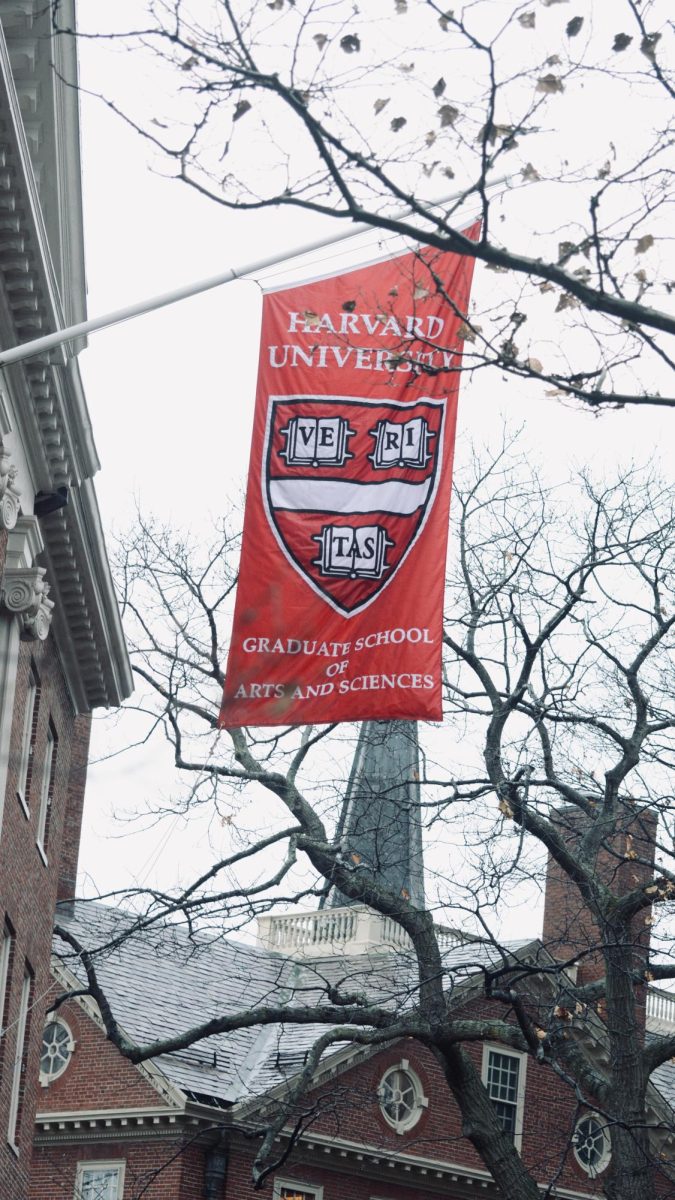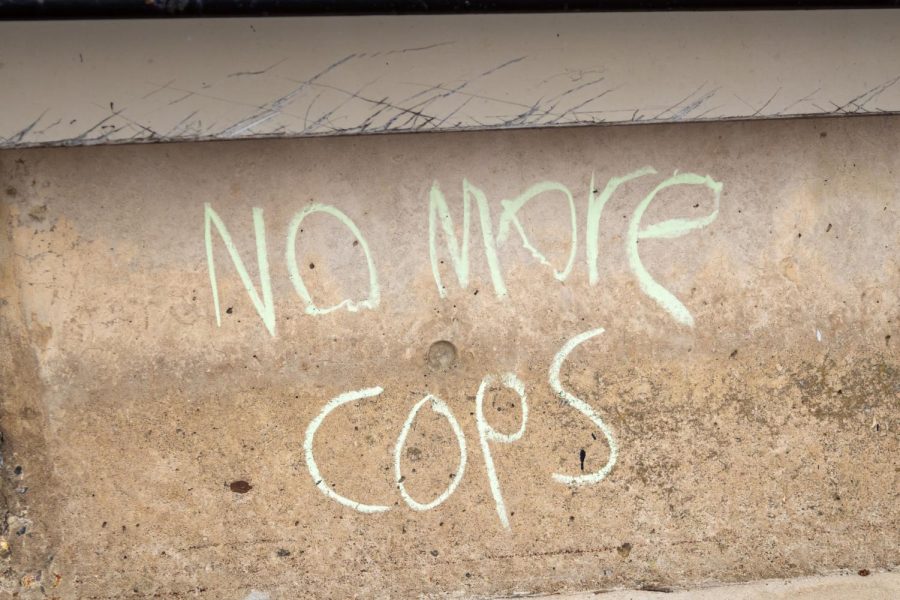Let’s face it: college rankings are racist.
College rankings, although helpful in seeing what an institution has to offer, are based on a system that perpetuates institutional racism by bolstering universities with histories of minority oppression. A common misconception is that because the rankings are relatively new, they are just to judge a university on where it currently stands, not where it stood in the past. And while I’d love to think that most universities have changed recently, I’d be remiss not to mention that only 66 years ago most people of color could not even attend “white” colleges, let alone high schools.
Washington State University professor Talmadge Anderson in his Journal of Black Studies states in regards to the Brown vs. Board of Education case, “The Brown decision created political dilemmas for white proponents of racial segregation and for Blacks who had successfully challenged the separate but equal doctrine.” If education is the bridge to success, then this decision should’ve given Black students hope. Instead of hope, however, it gave universities a justification for their racial biases.
The National Bureau of Economic Research claims that many elite universities like Harvard “recruit to reject” applicants, ultimately boosting their status as a top college as the number of applicants increases and their acceptance rate decreases. According to the report “underrepresented minorities needed to score an 1170” on the SAT to qualify for mail encouraging them to apply. On the contrary Asian-American males needed at least 1380 to qualify for the Harvard mailing list. By recruiting and then denying applicants, schools like Harvard can fundamentally diversify their applicant pools while simultaneously lowering their acceptance rate. What this reveals about Harvard and many elite institutions is a level of performative social commentary with no intent to change. This report suggests that because Harvard has a history of predominant whiteness, they’re going to try to recruit more “underrepresented minorities” and then deny them to “up” their status.
The US News’ Best National University Rankings is one of several ranking systems I looked at which bases ranking on several criteria, some of which are very important in the real world. However, some other criteria, like ethnic diversity index, hold very little weight in an institution’s overall ranking. The EDI considers non-white domestic students enrolled at an institution. In the 2020 Best University rankings, only two of the top 10 universities also ranked in the top 10 for ethnic diversity index, specifically Stanford University and MIT. The other schools that topped the ethnic diversity index didn’t come anywhere close to the Best National University rankings, for instance, the No. 1 and No. 2 most ethnically diverse: University of Hawaii at Hilo and Andrew University, both ranked No. 293 and No. 381 in the rankings. Of the top 10 best universities, 80 percent fail to rank in the top 10 in most ethnically diverse. If that doesn’t say something about the “Best Universities,” I’m not sure what does.
So why does it matter, who cares if Harvard is ranked No. 2 and Howard is No. 104? A low rank and number won’t stop Black graduates from succeeding beyond academia, but it certainly makes it harder. These graphics show where most employees at top tech companies like Google and Apple graduated from. Of the top-20 most recruited-from colleges, only three are in the top-30 most ethnically diverse campuses according to the ethnic diversity index. Instead of getting the treatment people should be granted at colleges, Black students must go above and beyond to stand out to employers. That’s not to say that many students being hired aren’t Black or people of color, but if the top schools in the country are lacking on the diversity-front, then that will be reflected in the workforce.
College rankings, albeit irrelevant in the grand scheme of life, have a large impact on high school seniors and employers alike. As participants in college ranking culture we must demand more representation and diversity in these lists as the effects will be felt by many. College rankings must put more weight on criteria like ethnic diversity and social justice initiatives if they want to give prospective students and potential employers a more realistic image of the school as a whole. As a collective of students and alumni we have the power to initiate change and demand more. With the proper tools and representation, college rankings can finally deliver on what they’ve been promising for years, rewarding futures of diversity over histories of sameness.
Max Schwartz is a Collegian Columnist and can be reached at [email protected] and followed on Twitter @maxwschwartz.





















Constance Kont • Feb 17, 2022 at 12:45 pm
Excellent. This topic needs further research to affirm the injustice and social discrimination of the professional world when it comes to validate someone’s value.